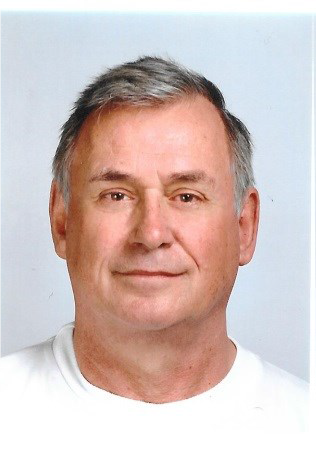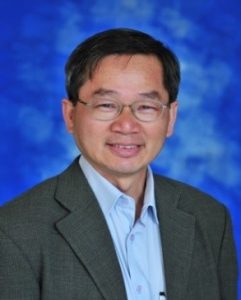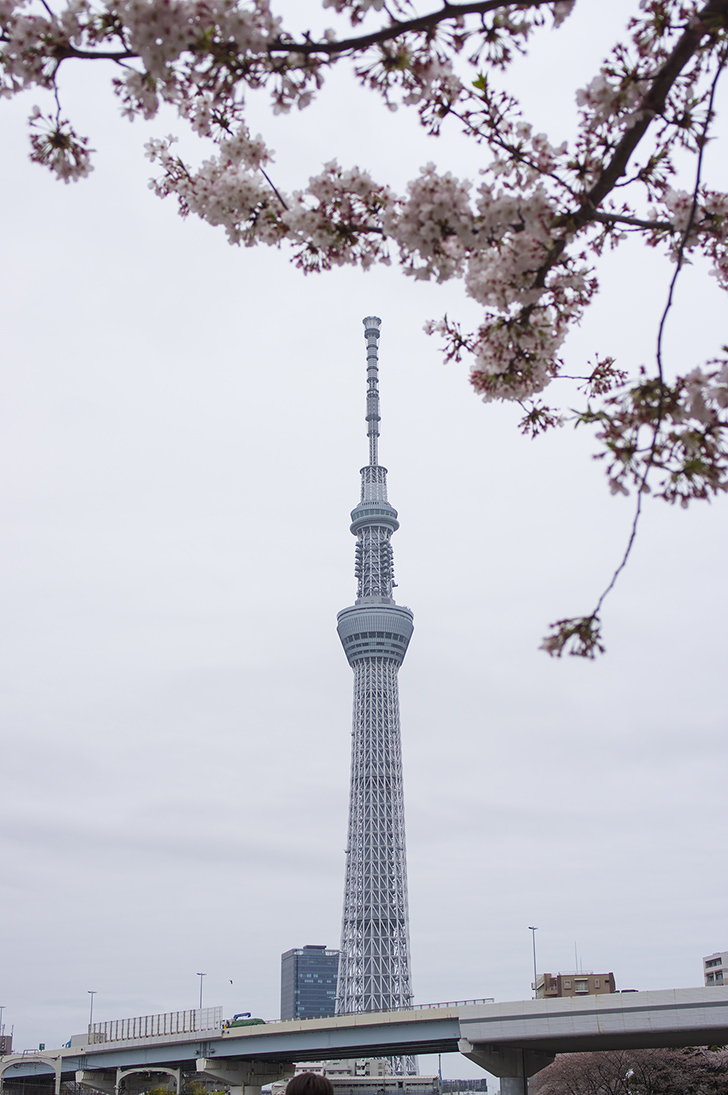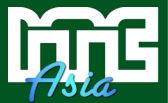Keynote 1
Sept. 4 Wednesday (9:50 am – 10:40 am) @Niwa Hall
Chair: Tomoo Inoue (Hiroshima City Univ.)
Highly Dependable Many-Processor Systems-on-Chips for Cars
Speaker: Hans G. Kerkhoff (University of Twente)
Abstract
The rapid developments in semiconductor processing have made the integration of large numbers of processor cores as well as mixed-signal IPs in Systems-on-Chips possible. However, the dependability of these cyber-physical SoCs is seriously decreasing, despite of standard rigorous design. Especially in demanding automotive safety-critical applications under harsh environments, this dependability can be far less than the guaranteed one of the system.
Old fault-tolerance solutions have often been too expensive, but many-cores in SoCs offer now much cheaper solutions. With the introduction of ADAS (advanced driver-assistance systems), more computing power is required which can be provided by new generations of SoCs. Techniques like delayed lock-step cores, ECCs for memories and safety-islands are now being used in automotive applications, like radar. Meanwhile a large effort is being undertaken for the all-connected autonomous cars. This requires huge resources in hardware (e.g. embedded neural IPs) and advanced AI software, while security now also becomes a serious issue.
A new promising method employs IJTAG-compatible (fused) embedded instruments which are monitoring environmental conditions as well as aging and performance parameters of cores and IPs. Via a so-called dependability manager, the system subsequently recalibrates IPs or deactivates faulty cores while activating remaining on-chip signal-processing resources. It provides zero down-time as required for real-time signal processing.
About the Speaker:

Hans G. Kerkhoff received his M.Sc. degree in Telecommuni-cation with honours at the Technical University of Delft in 1977, the Netherlands. In the same year he became staff member of the chair IC-Technology & Electronics at the Faculty of EE, University of Twente in Enschede, the Netherlands. Hans G. Kerkhoff obtained a Ph.D. in Technical Science (micro-electronics) at the University of Twente in 1984. In the same year he was appointed associate professor in Testable Design and Testing (TDT) at the Faculty of EE at the University of Twente. In 1991, he became head of the research group TDT of the MESA+ Research Institute (for Nanotechnology) and headed the MESA Test Centre (MTC). In 1992 he spent his sabbatical year at the test company Advantest in Silicon Valley, USA. From 1995 up to 1999, he worked in addition part-time at the Philips Research Laboratories in the VLSI Design and Test Group at Eindhoven. In 2000, he founded the company TwenTest, specializing in consultancy in the area of testable design and test of dependable mixed-signal microsystems. Currently he is with the Digital Society Institute (DSI), the largest research institute of the University of Twente, heading the CAES-TDT group and responsible for Hardware Dependability of Systems-on-Silicon. He advised 26 Ph.D. students in this research area and has (co-) authored over 330 publications. He is and has been involved in many national (STW, FOM) and European (FP3-FP7, MEDEA, MEDEA+, Catrene, ENIAC, Penta, Horizon 2020) scientific projects.
Keynote 2
Sept. 5 Thursday (9:30 am – 10:30 am) @Niwa Hall
Chair: Seiji Kajihara (Kyushu Institute of Technology)
AI-Baseball: Semiconductor, IOT, and the Sport Industry
Speaker: Cheng-Wen Wu (National Tsing Hua University)
Abstract
This talk is to introduce the trends of semiconductor opportunities in the fast-growing area of sport technology, which is a much larger industry than the semiconductor industry itself. The objective is to promote cross-disciplinary research and education in (baseball) sport science and technology, which includes IOT, AI, 5G, cloud computing, advanced sensors, etc., in addition to the domain knowledge in sport science. Without loss of generality, we will focus on baseball as an example. Trends in areas like smart venue, immersive media, quantified athlete, next-generation sponsorship and fan engagement will be introduced. Examples of existing products, systems, and services powered by semiconductors will be given, and future directions that calls for innovative semiconductor design and test technologies will be addressed.

- Distinguished Chair Professor, Dept. EE, NTHU
- Director, IC Design Technology Center, NTHU
- Chief Adviser, Center for Sport Science and Technology, NTHU
- ICT Track Chair, ARAC, ITRI
About the Speaker:
Pitcher and short stop in Taiwan’s National Little League Baseball Team (the Tainan Giants), and won the 1971 Little League World Series in Williamsport, Pennsylvania, USA. Pitcher and short stop of the NTU Baseball Team—won the 1981 Championship in the National University Series (Category 2—non-baseball specialty students).
BS in EE, National Taiwan University (NTU), 1981. MS/PhD in ECE, UCSB, 1985/1987. Joined Dept. EE, NTHU in March, 1988. Served at NTHU as the Director of Computer Center, Chair of EE Dept., Director of IC Design Technology Center, Dean of the College of EECS, and Senior Vice President for Research. Served at ITRI as the General Director of the SOC Technology Center, and the Vice President and General Director of the Information and Communications Labs (on leave from NTHU, 2007-2014). Received the Distinguished Teaching Awards (twice) from NTHU, the Distinguished Research Awards (3 times) from National Science Council, the Industrial Collaboration Awards (twice) from the Ministry of Education (MOE), the Academic Award from the Ministry of Education (MOE), the National Endowed Chair Professorship from MOE, the EE Medal (highest honor) from the Chinese Institute of Electrical Engineers (CIEE), etc. Current research interests: test and repair of semiconductor memories, design and test of symbiotic neuromorphic computing systems, and smart technology for baseball. Life member of the CIEE, life member of Taiwan IC Design Society, Fellow of the ROC Technology Management Society, and Fellow of the IEEE.

